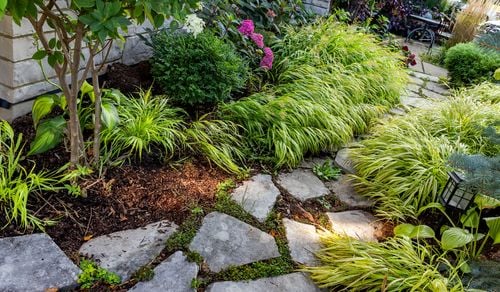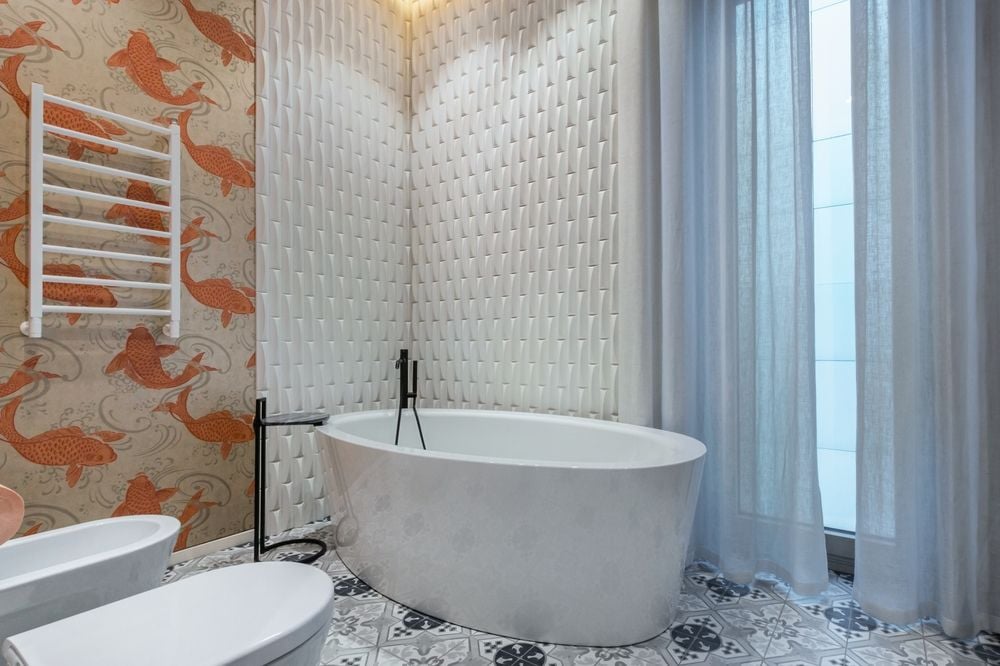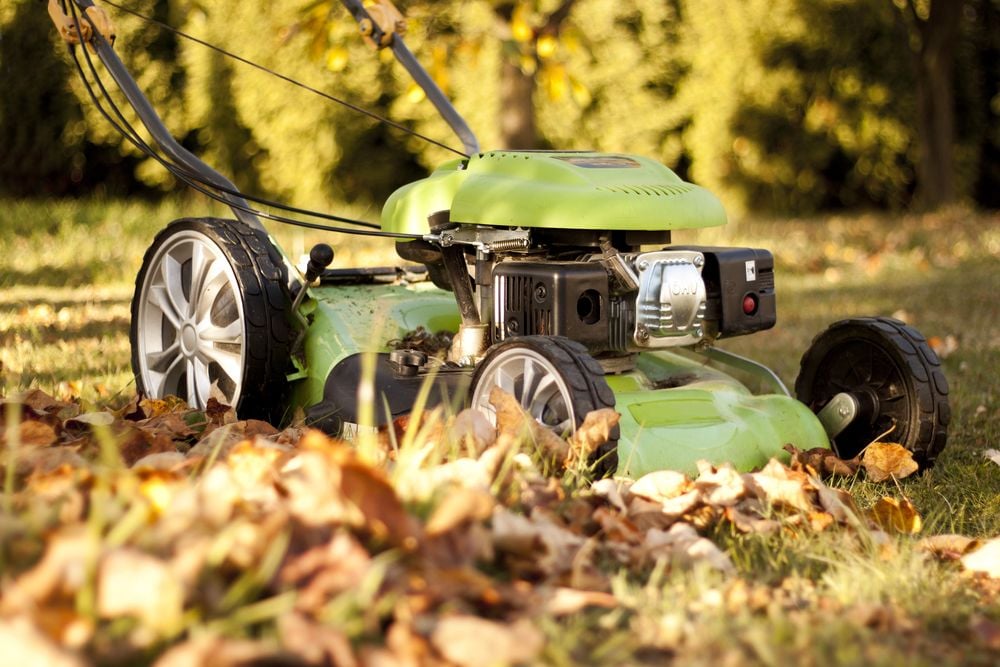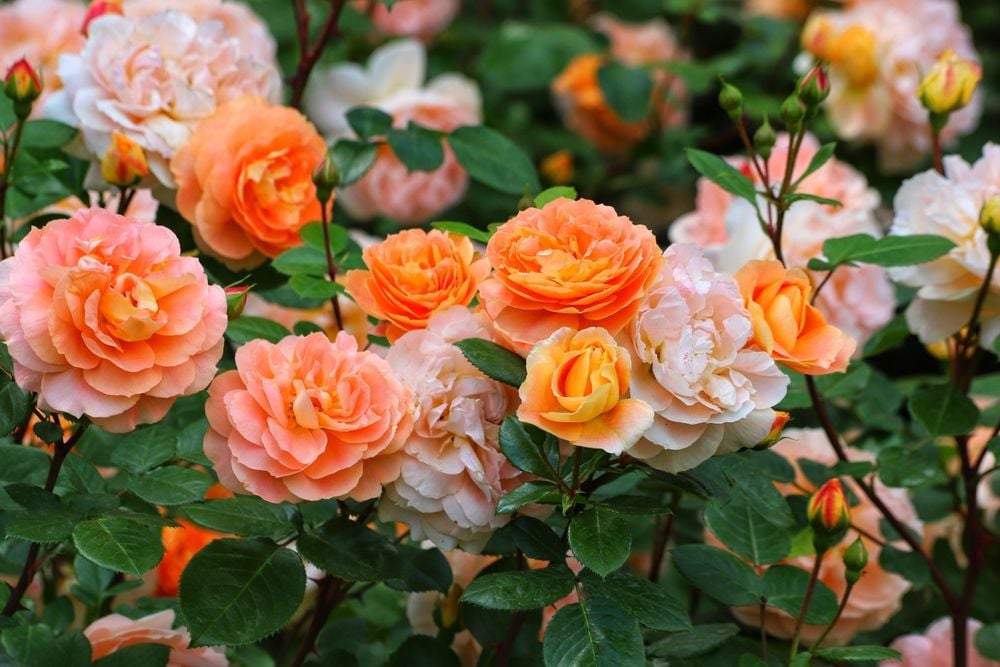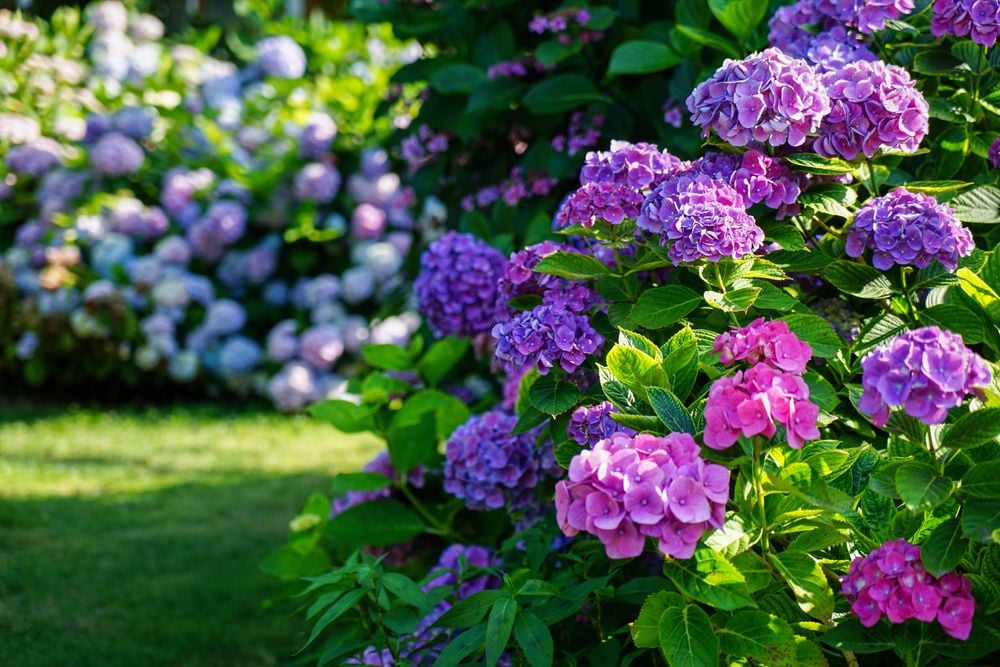
Enliven Your Garden with Shade-Loving Ornamental Grasses
- Jul 10, 2025
Many a gardener has struggled to find suitable foliage to fill their shade-bathed garden, given that a number of plants grow optimally under ample sunshine. If you're faced with the same challenge, turn your attention to these ornamental grasses that unreservedly embrace the shade. With their gracefully textured structure and soft hues, they make a perfect counterpart to popular shade dwellers like astilbes and hostas. Ornamental grasses animate a garden with their rhythmical swaying and tranquil rustling, infusing a once overlooked corner with character. What's more, once they take hold, these grass species come highly recommended by experts for their low-maintenance nature.
The enchanting Blue-eyed grass (Sisyrinchium albidum), with its abundant tender blue-violet, star-like blooms, flourishes from late spring to early summer, according to Mary Phillips, who leads native plant habitat strategy and certifications at the National Wildlife Federation. The gentle-textured leaves cluster appealingly, whether on open ground or within containers. Once matured, this grass demonstrates a resilience against drought.
Lomandra (Lomandra spp.) with its slender leaves, makes for a beautiful variety in a shade-enveloped garden. As per Linda Vater, the plant connoisseur for Southern Living Plant Collection, "The leaves provide a delicate structure and tender sway that counterbalance the broad leaves of other shade plants, like ferns or hostas.” She adds that most types are incredibly adaptable, flourishing in varying soil conditions and partial shade.
Pennsylvania sedge (Carex Pensylvanica) gradually spreads through rhizomes, forming an attractive ground cover. It can withstand complete shade and displays drought-resistance upon maturation, states Phillips. Not only that, it serves as a source of food for caterpillars of various butterflies and moths. So if your garden or yard is largely under shade, Pennsylvania sedge can be a fantastic, zero-maintenance substitute for lawn grass.
Exhibiting oat-like seeds that lend an extraordinary appearance to a summer landscape, the medium-sized Northern sea oats (Chasmanthium latifolium) stand out. Damon Abdi, assistant professor of landscape horticulture at Louisiana State University, notes that while the grass prospers in shade, it develops an eye-catching yellow hue in autumn encouraged by sunlit environments.
Japanese forest grass (Hakonechloa macra), with its technology design turf, bright green cascading branches, is certainly a showstopper in shadow-drenched areas of your garden. Abdi cautions against planting it in very sunny areas, particularly in high-temperature climates.
The petite Blue fescue (Festuca glauca) serves as a striking ground cover or border plant, characterized by a beautiful bluish tint. While its color is enhanced under brighter light, Abdi affirms that it still performs admirably in less illuminated areas.
Lastly, Feather reed grass (Calamagrostis acutiflora) provides a pleasant vertical contrast to shaded gardens. "Its tall flower stalks are a sight to behold in summer, creating a standout form as they tower over the grass clump," Abdi illustrates.
